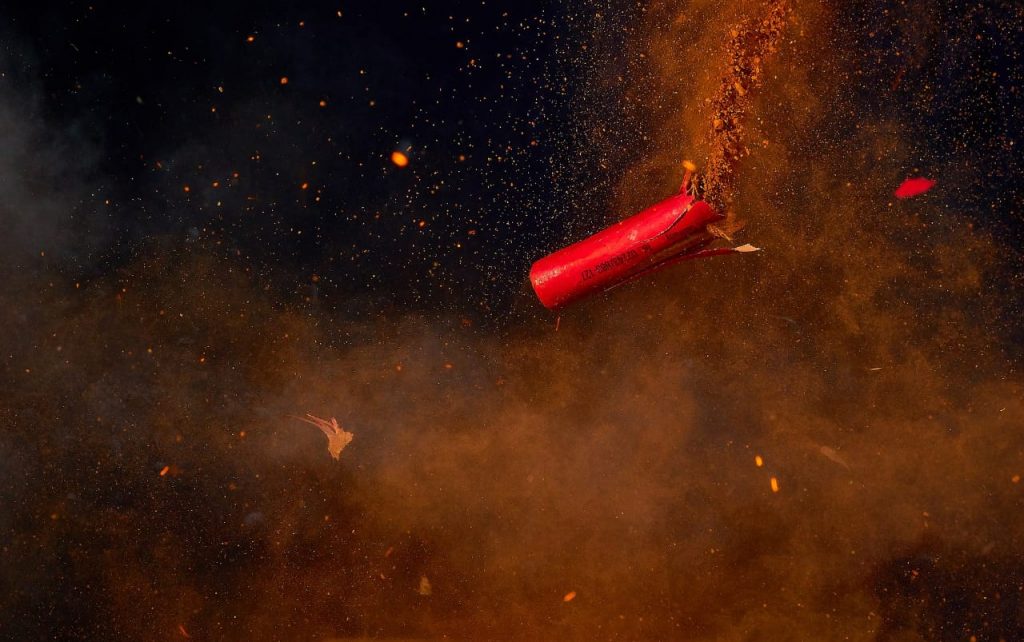China’s space agency said that on Saturday night, the debris of the Long March 5B rocket is now expected to fall into the Indian ocean in the west of Maldives. It is still not clear if any debris will fall on the island.
The US space command claimed that the Long March 5B rocket had reentered the Earth over the Arabian Peninsula.
On April 29, this Long March 5B rocket, which is about 108 feet tall and weighs about 40,000 pounds, launched a Chinese space station into orbit. But its whole fuel was used. And it was left to run through space in an uncontrolled way until the gravity of Earth drags it to the ground.
These scenarios are not typical, and the international space community usually tries to avoid these risks. Rockets generally carry satellites and other objects to space. And they reenter the Earth in a controlled way. The re-entry of rockets back to Earth is usually aimed at the oceans. But the Long March 5B rocket was designed to leave the vast stages in the low orbit.
And in this case, it will not be easy to be sure about when and where the booster will land.
The space agency of Europe predicted the Risk Zone that can be any portion of the surface of Earth between about 41.5N and 41.5S latitude. This area includes nearly all south of New York of America, Australia and Africa, some parts of Asia and Europe’s Spain, Italy, Greece and Portugal.
The risk of the landing of rocket’s debris on the populated area can not be neglected. However, fortunately, most of the earth surface is covered by the oceans. So, there is more chance of rocket debris landing in the sea. As the rocket exploded, the Earth’s orbit is tormented with so many pieces of uncontrolled junk.
These small objects are continuously falling out of orbit. And most of the pieces are burnt when they enter the atmosphere of Earth. But the more significant part of the rocket makes the people on the land to be threatened.
